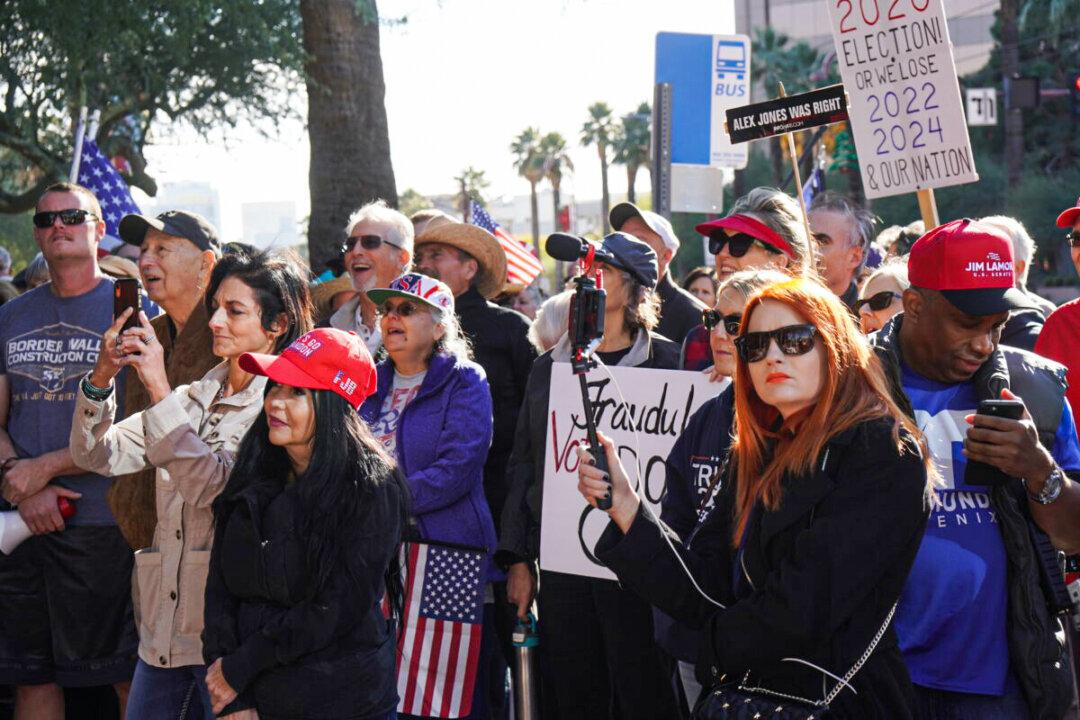Commentary
Election integrity remains a key issue among voters going into 2022. A Rasmussen Reports national survey in July found that 52 percent of likely U.S. voters believe it is at least somewhat likely that cheating affected the outcome of the 2020 presidential election, while 50 percent think it is at least somewhat likely there will be widespread cheating that will affect the outcome of the midterm elections.





